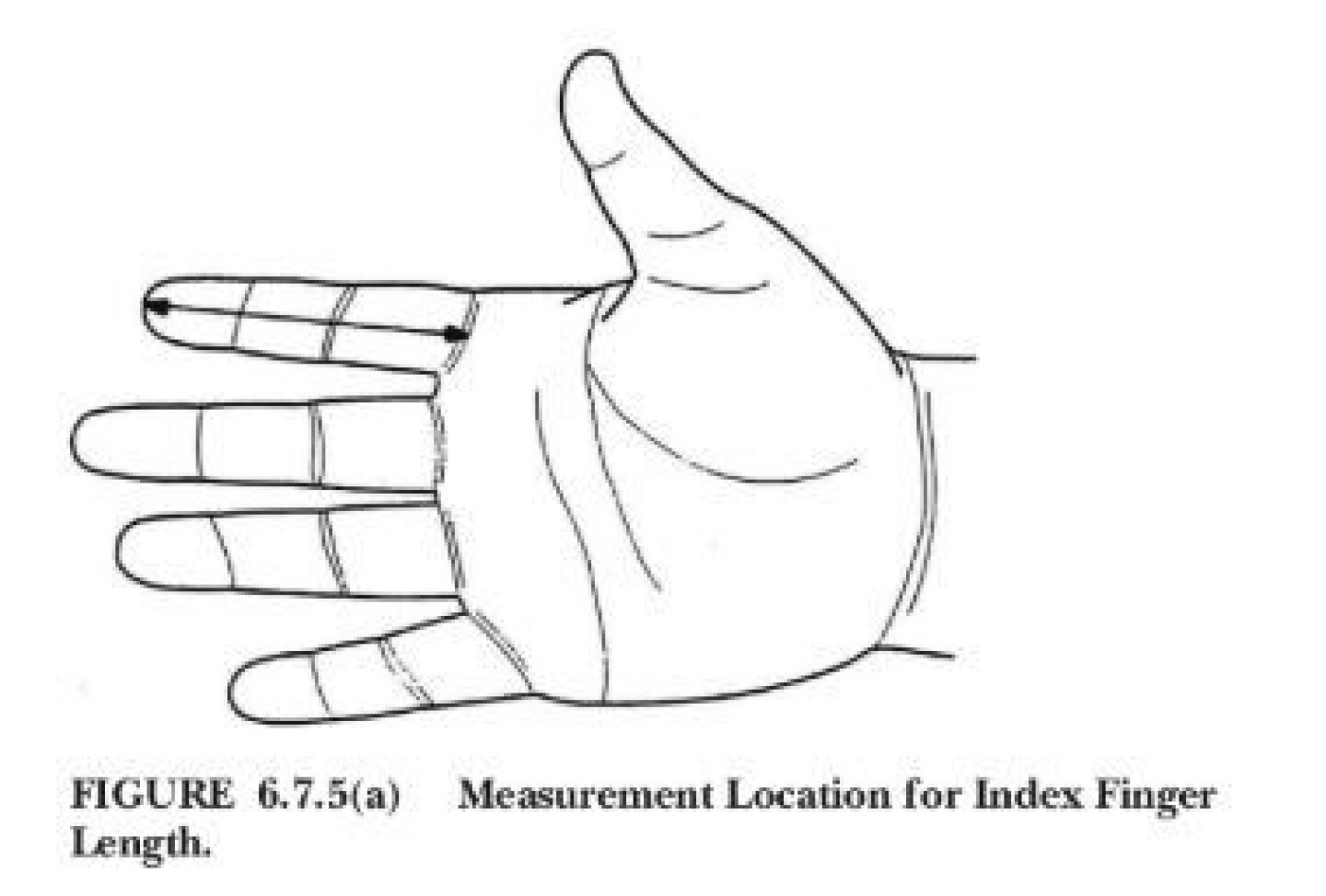Firefighting gloves must provide good fit and dexterity, as well as thermal protection. Thermal protection must protect the firefighter in two ways:
- Protection from compression burn (when picking up a hot object).
- Protection from radiant heat (primarily on the back of the hand).
Glove manufacturers use a three-layer approach to provide thermal protection:
- Outer shell (e.g., leather, PBI, Kevlar, Nomex and combinations).
- Moisture barrier (e.g., Gore-Tex).
- Thermal barrier (e.g., padding designed to trap air and provide insulation).
The fit of firefighting gloves
The fit of the glove is an important consideration when selecting firefighting gloves. Some firefighters select gloves that fit too tight in the mistaken belief that a tighter glove equates to greater dexterity. This compresses the thermal barrier and results in less trapped air, less insulation from heat and greater potential for heat to be transmitted to the hand.
Others select a glove with a loose fit so they can put them on and take them off easier. This contributes to decreased dexterity and is frequently cited by firefighters as an excuse for why they removed their gloves in the hazard area due to being unable to manipulate the controls on their portable radio or SCBA console.
National Fire Protection Association 1971: Standard on Protective Ensembles for Structural Fire Fighting and Proximity Fire Fighting addresses glove fit from a more objective perspective; how to measure a firefighter for a glove, and a NFPA 1971-compliant glove sizing standard.
Measuring your hands for the correct glove fit
Don’t think in terms of small, medium or large when it comes to fit for an NFPA 1971-compliant glove. The following are the glove sizes that glove manufacturers must provide – and be labeled as – for their gloves to be compliant with NFPA 1971’s requirements:
- 64N (normal).
- 64W (wide).
- 64XW (extra wide).
- 70N (normal).
- 70W (wide).
- 70XW (extra wide).
- 76N (normal).
- 76W (wide).
- 76XW (extra wide).
- 82N (normal).
- 82W (wide).
- 82XW (extra wide).
To determine which glove size is best for you, you’ll need to take two measurements. The first is the length of your index finger as described in Figure 1.
Next, measure the width of your hand using a set of calipers or similar measuring device as described in Figure 2.
Finally, take your two measurements and plot them on the graph shown in Figure 3, with index finger measurement on the x-axis and hand breadth on the y-axis. For custom-sized gloves (e.g., individuals with smaller or larger hands based on the measuring criteria), the gloves must be labeled with the closest applicable size and have the word “Custom” added, e.g., 64C (Custom) or 82C (Custom).
As you can see in Figure 3, within each glove size there is latitude for both index finger length and hand width measurements. The data used by the technical committee for NFPA 1971 to develop the different glove sizes came from a report based on research conducted at the U.S. Army’s Natick (Ma.) Soldier Research Development and Engineering Center.
In that research, 2,307 soldiers participated in an anthropometric survey of Army personnel to provide the Army with data about the physical make-up of its force necessary to the design of uniforms, protective equipment and workspaces.
The report included 64 hand measurements that were obtained using a special photometric system. An additional 22 dimensions, obtained through direct measurement during the anthropometric survey, were added to the hand database. Therefore, a total of 86 dimensions are presented in this report.
Any glove that’s NFPA 1971-compliant is going to have met the same performance requirements for dexterity and thermal protection. So, before looking at the other features of a firefighting glove, pay attention to getting the glove that fits you just right, because the glove that fits best is going to perform best.
















